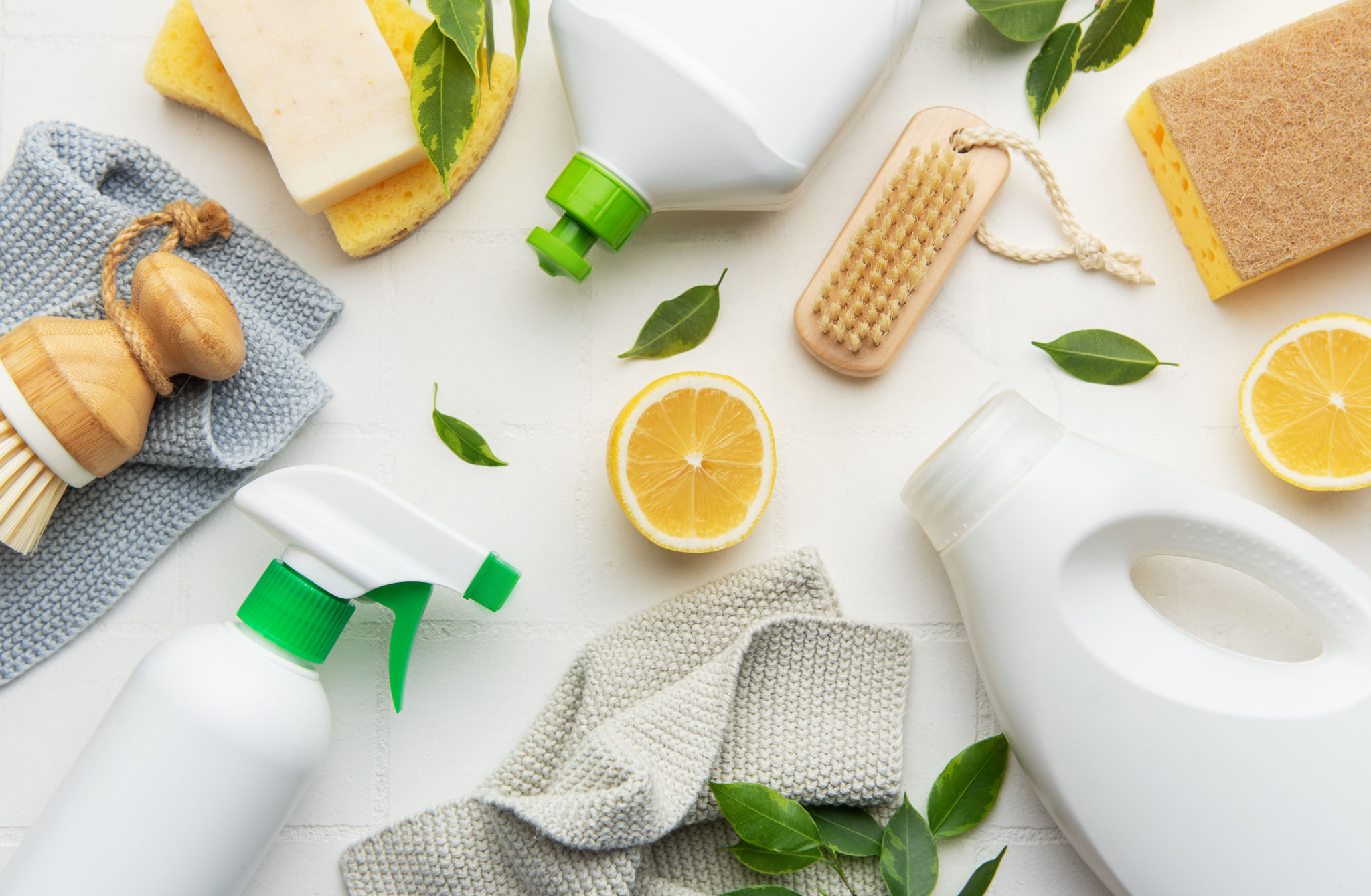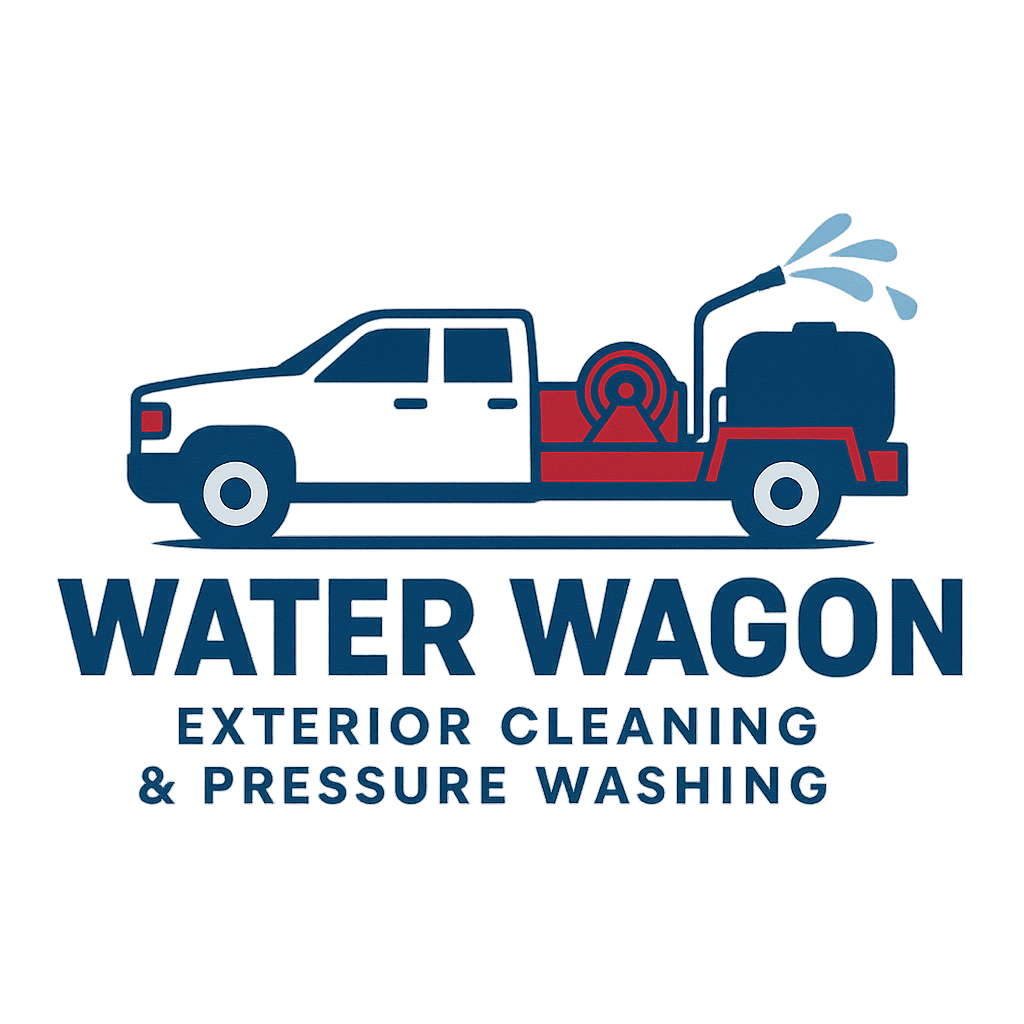Common Misconceptions About Soft Washing Debunked
Understanding Soft Washing
Soft washing is a cleaning method that utilizes low-pressure water mixed with specialized cleaning solutions to safely remove mildew, bacteria, algae, and other organic stains from roofs and other building exteriors. Although it's a widely recommended technique, there are several misconceptions surrounding it that may lead to confusion or misinformation. In this post, we'll debunk some of the most common myths about soft washing.

Misconception 1: Soft Washing Is the Same as Pressure Washing
One of the most prevalent misconceptions is that soft washing and pressure washing are identical. While both methods are used to clean exterior surfaces, they differ significantly in their approach. Soft washing employs a low-pressure system and relies on a blend of cleaning solutions to break down dirt and grime. In contrast, pressure washing uses high-pressure water jets, which can potentially damage surfaces if not handled carefully.
Why Soft Washing Is Gentler
The primary advantage of soft washing is its gentle approach. The low-pressure method ensures that delicate surfaces like shingles, siding, and painted wood are not damaged during cleaning. This makes it an ideal choice for maintaining the aesthetic and structural integrity of your property.
Misconception 2: Soft Washing Is Ineffective
Another common myth is that because soft washing uses low pressure, it is not as effective at cleaning as pressure washing. This is far from the truth. The strength of soft washing lies in its specially formulated cleaning solutions, which are designed to target and eliminate organic growth at the root level, providing a longer-lasting clean.

Proven Results
Soft washing not only removes visible stains but also eradicates the spores and organisms that cause them. This thorough approach prevents regrowth, ensuring your property remains cleaner for a longer period. Many homeowners who choose soft washing report seeing lasting results without the risk of damage to their surfaces.
Misconception 3: Soft Washing Is Harmful to the Environment
Some people believe that the cleaning solutions used in soft washing can be harmful to the environment. However, most professional soft washing companies use biodegradable and eco-friendly products. These solutions are specifically designed to be safe for plants, pets, and people while effectively tackling tough stains and growths.
Eco-Friendly Practices
Responsible soft washing practices include using solutions that break down quickly without leaving harmful residues. This ensures that your cleaning process is sustainable and environmentally conscious. By choosing a reputable soft washing service, you can enjoy a clean home while minimizing your environmental footprint.

Misconception 4: Soft Washing Is Only for Roofs
While soft washing is highly effective for cleaning roofs, it is not limited to this application. This versatile cleaning method can be used on a variety of surfaces, including siding, decks, fences, and more. Its adaptability makes it a popular choice for homeowners looking to maintain their entire property's exterior.
Expanding Applications
Soft washing is suitable for a range of materials, from wood and vinyl to brick and stucco. Its gentle yet effective approach ensures that no matter the surface, it will be cleaned without risk of damage. This makes it an excellent solution for comprehensive exterior maintenance.
In conclusion, soft washing is a safe, effective, and environmentally friendly cleaning method that offers numerous benefits over traditional pressure washing. By debunking these common misconceptions, we hope to provide clarity and confidence in choosing the right cleaning method for your property.
